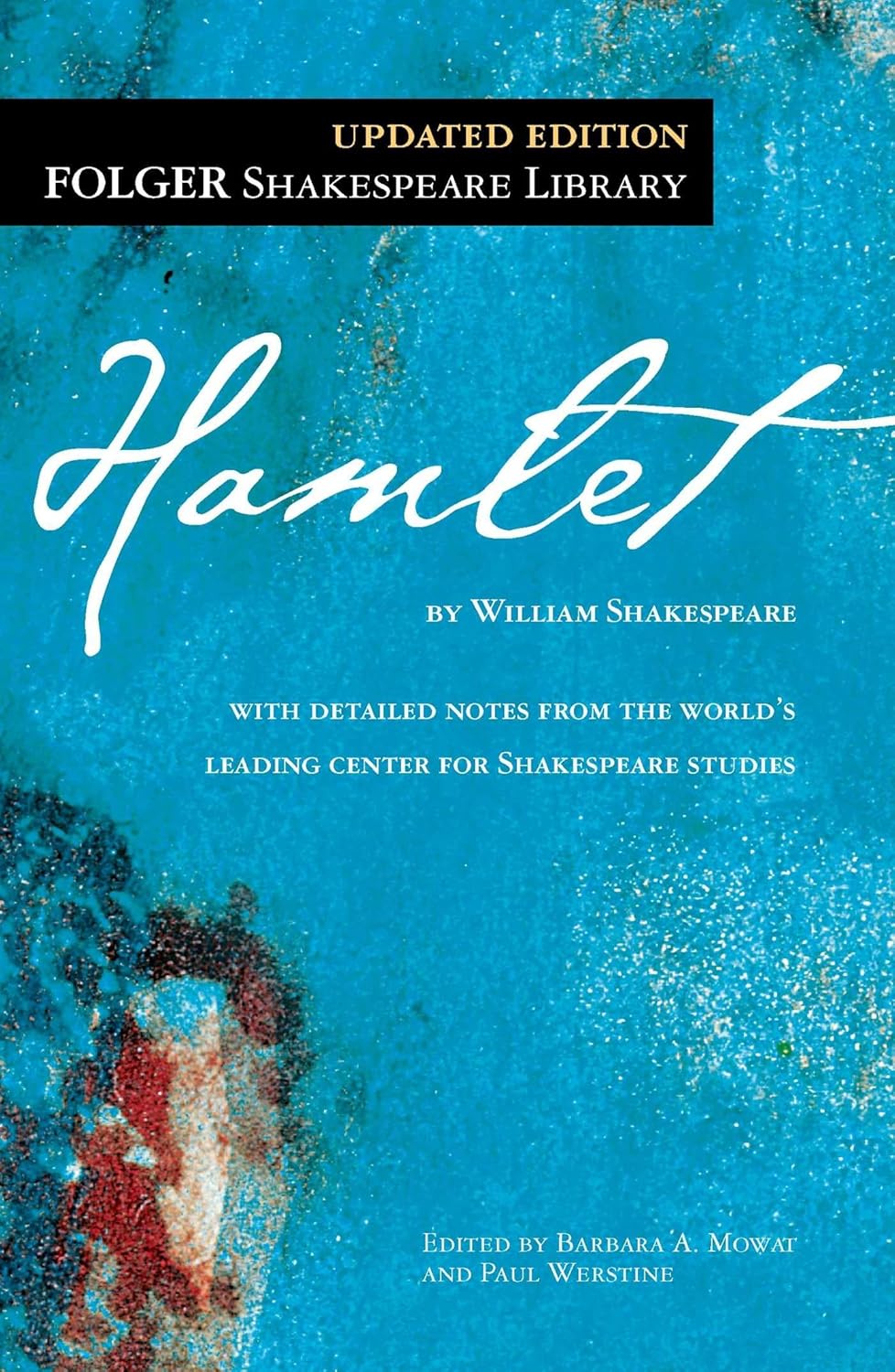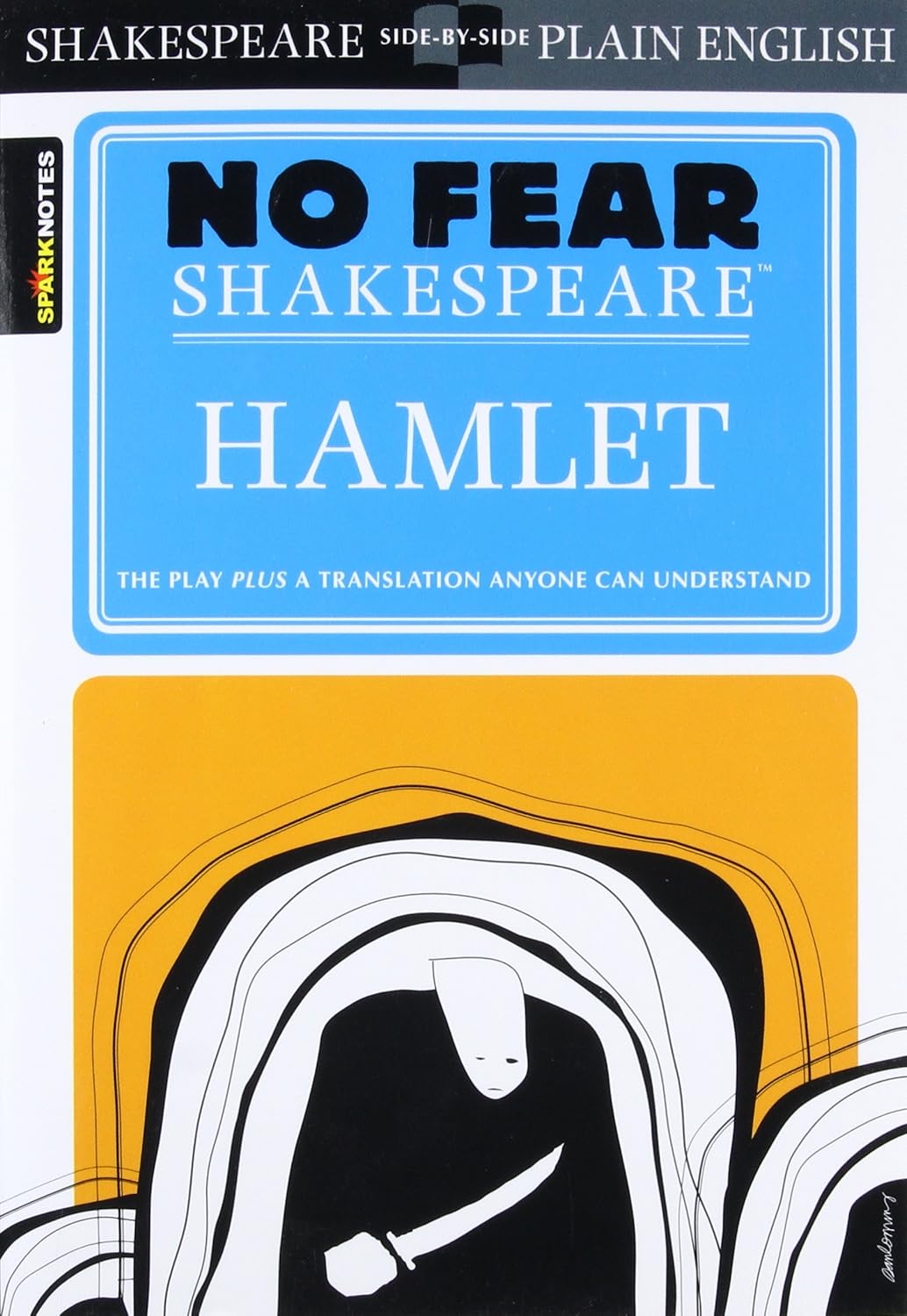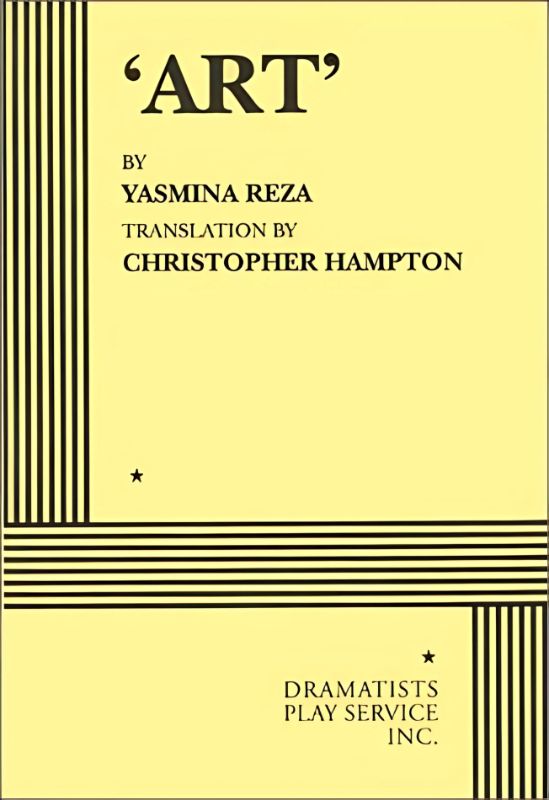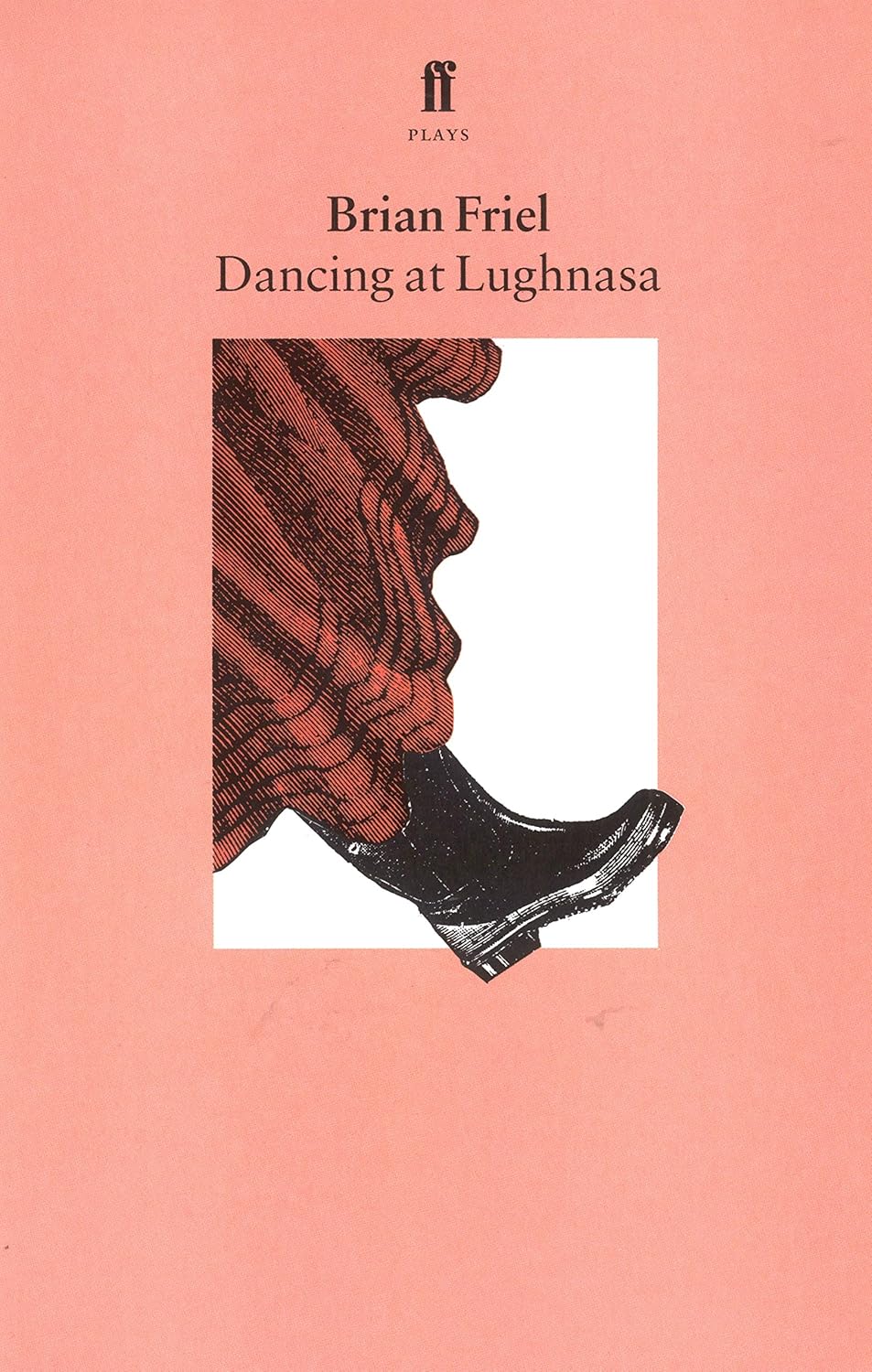Shakespeare’s Masterpiece of Indecision and Revenge
To be, or not to be – this famous question has echoed through theaters, classrooms, and popular culture for over 400 years. Yet Shakespeare’s “Hamlet” remains startlingly modern, diving deep into the mind of a young man facing depression, family betrayal, and the weight of impossible moral choices. This isn’t just a revenge tragedy; it’s a psychological thriller that pioneered the exploration of human consciousness in literature.
Quick Facts
- First performed: c. 1601 at the Globe Theatre, London
- Original title: The Tragicall Historie of Hamlet, Prince of Denmarke
- Runtime: Approximately 4 hours (uncut)
- Structure: 5 acts, 20 scenes
- Notable performances: Sarah Bernhardt (1899, first female Hamlet), John Gielgud (1936), Laurence Olivier (1948), David Tennant (2008)
- Fun fact: The play contains 1,476 lines for Hamlet alone, making it Shakespeare’s longest play
Just want to read the play?

Arden Shakespeare edition
This volume gives readers the First Quarto text of 1603 and the Folio Text of 1623, as well as the usual contextual notes.

Folger Shakespeare Library edition
Includes annotations, contextual notes, a guide to Shakespeare’s language, a critical essay on the play and more.

No Fear Shakespeare edition
Contains a page by page modern English translation of Shakespeare’s original text.

Film version of Royal Exchange Theatre production
Directed by Margaret Williams, starring Maxine Peake, John Shrapnel, Sarah Frankcom.
Free version? Try the Folger Library’s online edition: https://www.folger.edu/explore/shakespeares-works/hamlet/read/
Historical Context
Written during the transition from Elizabethan to Jacobean era, “Hamlet” emerged when England was grappling with questions of succession and religious upheaval. Shakespeare drew from the medieval Scandinavian legend of Amleth, transforming a straightforward revenge tale into a complex meditation on mortality, morality, and madness.
The play’s premiere coincided with a time when England was experiencing increased interest in ghost stories and supernatural phenomena, while also witnessing the rise of empirical thinking and skepticism – a duality perfectly captured in Hamlet’s character.
Plot Overview
In the kingdom of Denmark, Prince Hamlet’s father has died, and his uncle Claudius has married Hamlet’s mother Gertrude, ascending to the throne. When his father’s ghost appears revealing that Claudius murdered him, Hamlet must decide how to avenge his father while wrestling with depression, doubt, and possible madness.
The genius of Shakespeare’s plot lies in its layers: it’s simultaneously a murder mystery, a revenge tragedy, a family drama, and a philosophical inquiry. As Hamlet feigns madness to investigate the truth, his actions set off a chain of events leading to the deaths of Polonius, Ophelia, and ultimately most of the main characters.
Themes & Analysis
The Prison of Consciousness
“Denmark’s a prison,” Hamlet declares, but his real imprisonment is within his own mind. Shakespeare revolutionized drama by showing us a hero who thinks too much to act. Every soliloquy reveals another layer of Hamlet’s consciousness, making him perhaps literature’s first modern character.
Corruption and Decay
“Something is rotten in the state of Denmark.” This famous line encapsulates the play’s preoccupation with corruption – political, moral, and physical. Shakespeare weaves images of decay throughout the play, from Hamlet’s “too solid flesh” to Yorick’s skull.
Performance vs. Reality
The play-within-a-play structure highlights how everyone in “Hamlet” is performing: Claudius plays the good king, Polonius the wise counselor, Hamlet himself the madman. This theatrical self-awareness raises questions about authenticity that feel remarkably contemporary.
Revolutionary Elements
“Hamlet” transformed theater by:
- Introducing psychological realism
- Using metatheatrical devices to question reality
- Creating complex female characters in Gertrude and Ophelia
- Elevating philosophical questioning in drama
Cultural Impact
The play’s influence is immeasurable:
- Countless adaptations, from Kurosawa’s “The Bad Sleep Well” to Disney’s “The Lion King”
- Phrases entered common usage: “method in the madness,” “neither a borrower nor a lender be”
- Psychological concepts like the “Oedipus complex” partly derived from interpretations of Hamlet
- Revolutionized the portrayal of internal conflict in literature
Reading Guide
Best Editions
- Arden Shakespeare (most scholarly)
- Norton Critical Edition (best supplementary materials)
- Folger Shakespeare Library (most accessible)
Reading Tips
- Pay attention to imagery patterns: disease, decay, acting, spying
- Note how soliloquies reveal character development
- Watch for doubles and parallels (Hamlet/Laertes, Gertrude/Ophelia)
- Consider multiple interpretations of the ghost’s nature
Contemporary Relevance
Today’s audiences particularly connect with:
- Mental health struggles
- Surveillance culture (“Denmark’s a prison”)
- Questions of truth in a “post-truth” world
- Family trauma and generational conflict
- Political corruption and power dynamics
Discussion Questions
- Is Hamlet really mad, or merely pretending?
- How does Ophelia’s arc reflect historical and modern gender issues?
- What makes Hamlet delay his revenge?
- How do different productions interpret the ghost?
- Is Gertrude complicit in her first husband’s murder?
Fun Facts & Trivia
- The role of Hamlet has been performed by women over 200 times
- The play contains 32 deaths mentioned or shown
- Shakespeare probably wrote the role for Richard Burbage, the leading actor of his company
- The name “Hamlet” means “little home” or “fool” in Old Norse
- A lost earlier version of Hamlet (the “Ur-Hamlet”) existed before Shakespeare’s version
Why Read Hamlet Now?
In an age of anxiety, information overload, and moral uncertainty, Hamlet’s struggles feel surprisingly relevant. The play’s exploration of mental health, political corruption, and the gap between appearance and reality speaks directly to contemporary concerns. Its psychological depth and philosophical richness reward repeated readings, while its theatrical brilliance continues to inspire new interpretations.
Additional Resources
- James Shapiro’s “A Year in the Life: 1599” (historical context)
- Harold Bloom’s “Hamlet: Poem Unlimited” (literary analysis)
- Royal Shakespeare Company’s production archives
- MIT’s complete annotated text online
Whether you’re reading it for the first time or the fiftieth, “Hamlet” remains a cornerstone of world literature, a play that continues to challenge, provoke, and illuminate the human condition. Its famous questions – about death, duty, love, and meaning – are our questions too, making it as vital today as when it first appeared on the Globe’s stage four centuries ago.




Leave a Reply